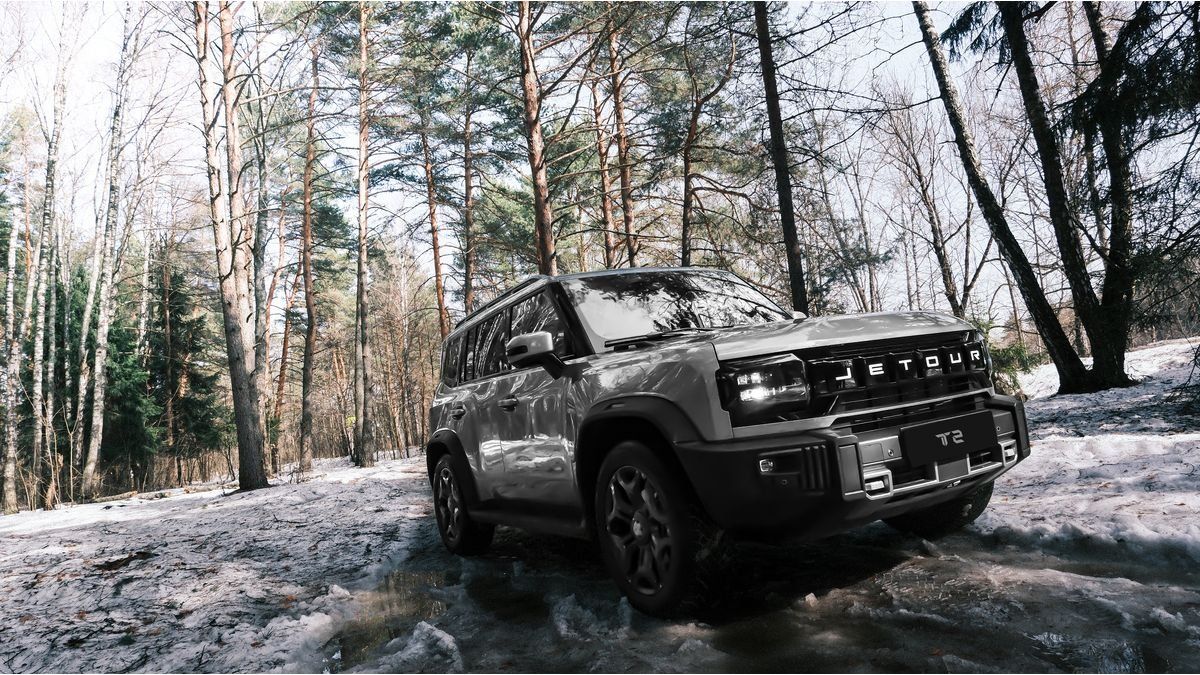When the wind blows in the north and the sun shines, the electricity has to be transported to the south somehow. Until now, there has been a lack of efficient cables. That should change now.
The air hums electrically under the high-voltage lines in the substation near Heide in Schleswig-Holstein. Federal Economics Minister Robert Habeck (Greens) praised the new west coast line in the recently completed system and looked to the future: “We are condemned to success,” he said about the network expansion during a visit to the substation on Monday in Wöhrden (Dithmarschen district).
Habeck called the Heide area a “hub of the German energy transition.” Network expansion must be significantly accelerated. What was learned from the West Coast management in terms of short planning times must now be implemented across Germany. “We need the planning and approval times for network expansion to be halved,” said the Vice Chancellor.
380 kV overhead line from Denmark to Brunsbüttel
According to network operator Tennet, the west coast line is about to be fully commissioned. It runs from the Danish border via Husum and Heide over a length of almost 140 kilometers to Brunsbüttel. In the first four sections (121 kilometers), the 380 kV overhead line is already transporting electricity from renewable energies to the south. The last kilometers in North Frisia from Klanxbüll to the Danish border should be completed by the end of September. The connection to the network in Denmark is scheduled to take place next year. “The west coast is a model region for the energy transition in Germany,” said Tennet managing director Tim Meyerjürgens.
Later in the afternoon, Habeck wanted to take part in the official groundbreaking ceremony for the Elbe tunnel in Wewelsfleth (Steinburg district), through which the SeudLink line will be routed to Lower Saxony. According to Tennet, the Elbe crossing is one of SuedLink’s largest special structures. Six 525 kV direct current cables are to be pulled in and connected to the SuedLink cables on both sides of the Elbe. The construction time is expected to be four and a half years. The billion-dollar SuedLink project is intended to extend to southern Germany over a length of around 700 kilometers. DC lines can be used to transport electricity over long distances with low losses.
Wind power from the north for the south of Germany
With SuedLink, Habeck is convinced that the south of Germany will be able to benefit from the large amounts of wind power from the north in the future. “In this way, we are strengthening security of supply in Germany and also that of our neighboring countries.” With the start of construction on the Elbe crossing, the technically most challenging section of the SuedLink line is moving into the next and final phase as planned. “This is good news for the energy transition and for Germany and shows that we are making progress in expanding the grid.” But Habeck also reminded that Suedlink should already be finished. Now it will take another five to six years. “So we’re pretty behind. This shouldn’t happen to us again.”
The President of the Federal Network Agency, Klaus Müller, emphasized that network expansion in Germany is gaining momentum. “We are speeding up the approval process wherever possible.” Müller emphasized that 2,800 kilometers of lines should be approved by the end of 2024 and 4,400 kilometers by the end of 2025.
In operation until 2028
With the start of construction on the Elbe crossing, SuedLink will become a reality, emphasized Meyerjürgens. “We can keep up the pace. We now have to maintain this pace in further implementation so that we don’t lose any time and can go into operation in 2028.” This requires continued cooperation and support from everyone involved in politics, business and society.
Lower Saxony’s Energy Minister Christian Meyer (Greens) sees a turning point. “With the start of construction on SuedLink here in the north, we are taking a decisive step closer to the goal of climate neutrality and full supply of renewable energies,” he said.
Source: Stern




